A doctor's guide to ditching toxic detergents for a truly clean, healthy home.
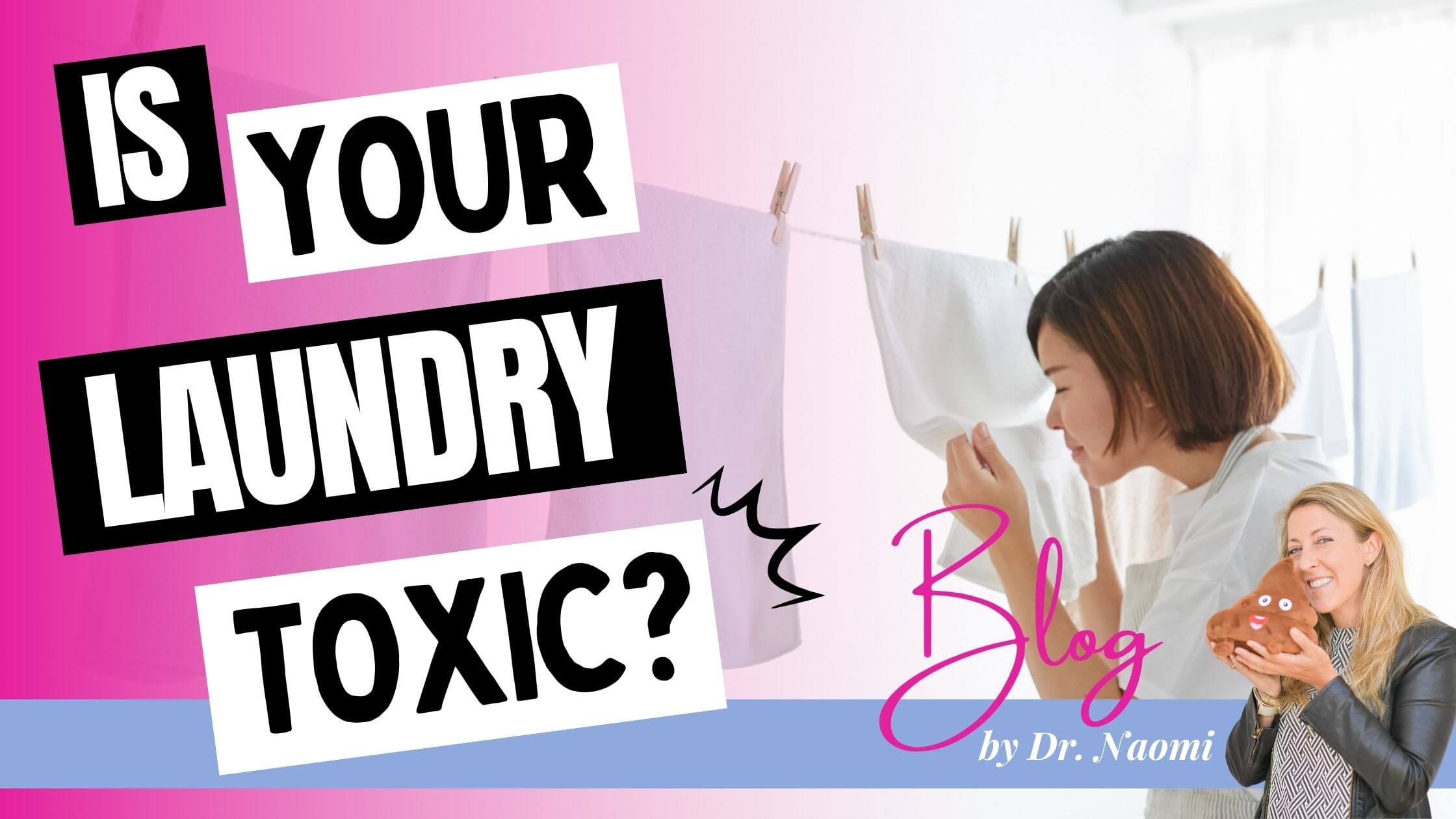
Here in Albufeira, there’s a scent that wafts from every balcony on a sunny afternoon. It’s that powerful, unmistakable smell of 'freshly cleaned' laundry. We’re taught to associate it with comfort, cleanliness, and home. It’s a smell most people love.
But as a doctor who spends her days investigating the root causes of illness, that familiar scent now sets off alarm bells for me.
I'm here to give you a wake-up call: that strong scent isn't 'clean'. It's a cloud of synthetic chemicals you and your family are breathing in and absorbing through your skin, 24/7.
It's time to pull back the curtain on one of the most toxic products in your home.
The "fragrance" façade: what are you really smelling?
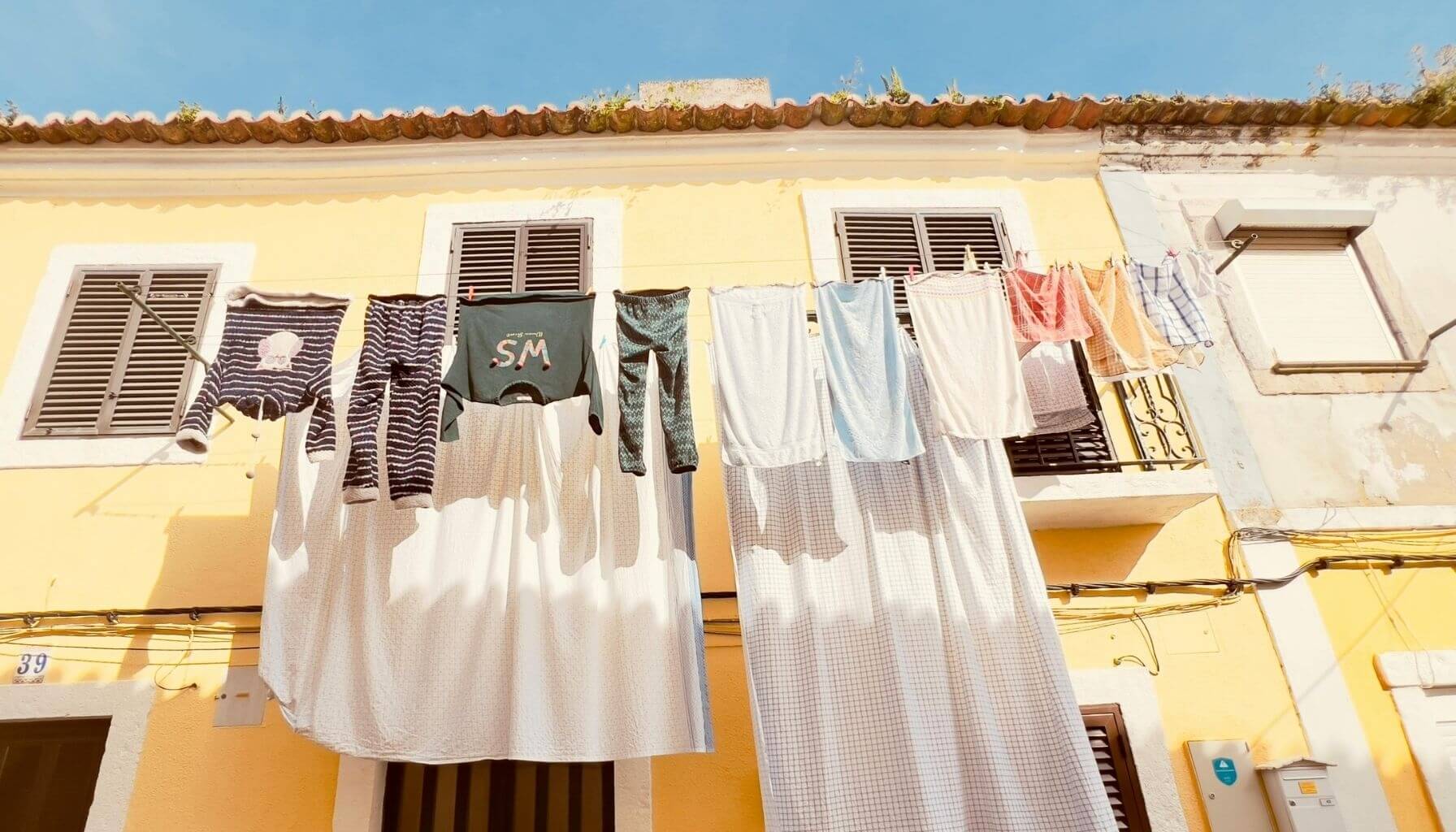
Let’s get straight to the biggest offender. Go grab your laundry detergent bottle. If you see the word “Fragrance” or “Parfum” on the label, you’ve found the problem.
This single, innocent-looking term is a legal loophole. It allows manufacturers to hide a cocktail of hundreds of different synthetic chemicals without having to list them individually. These proprietary scent blends are considered "trade secrets," but their impact on our health is no secret at all. These chemicals are linked to:
- Hormonal disruption (acting as endocrine disruptors)
- Respiratory issues and asthma triggers
- Skin irritation, rashes, and allergies
- An increased overall "toxic load" on your body
You might be meticulously choosing organic food and clean skincare, only to be undermining your efforts every time you put on your clothes or sleep in your bedsheets.
The toxic bucket theory of health
It's helpful to think of your body as a bucket. Every single day, we're exposed to toxins: from pollution, pesticides on food, chemicals in our personal care products, and yes, our laundry detergent.
Each exposure adds a little more to the bucket.
For a while, your body can handle it. Your liver and detoxification pathways work hard to empty the bucket. But when the exposure is constant, the bucket starts to fill up. Eventually, it overflows. That overflow is when we start to see symptoms:
- Chronic fatigue and brain fog
- Unexplained skin issues (like the eczema I’ve dealt with)
- Hormonal imbalances
- A weakened immune system
Ditching your toxic laundry detergent is like punching a big hole in the bottom of your bucket. It’s one of the easiest and most impactful ways to lighten your body's toxic load.
Top offenders hiding in your laundry detergent
Beyond the mystery "fragrance," here are a few other nasty characters commonly found in commercial detergents:
- SLS/SLES (Sodium Lauryl/Laureth Sulfate): You know that rich, satisfying lather? It often comes from these surfactants. They were originally designed to degrease industrial floors and are incredibly effective at stripping oils—including the protective oils on your skin. This can lead to significant irritation.
- Phosphates: These chemicals make detergent more effective in hard water, but they are devastating for the environment, causing algal blooms that kill off marine life. For our health, high phosphate levels have been linked to cardiovascular disease and osteoporosis.
- Optical Brighteners: This one is particularly sneaky. Optical brighteners don't actually remove stains. They are chemicals that coat your clothes and work like an optical illusion, bending UV light to make fabrics appear whiter and brighter. They remain on your clothes after washing, often causing skin irritation and allergic reactions.
- Formaldehyde: Yes, the same chemical used for embalming. It’s often used in small amounts as a preservative in detergents, but it's a known carcinogen and a potent allergen.
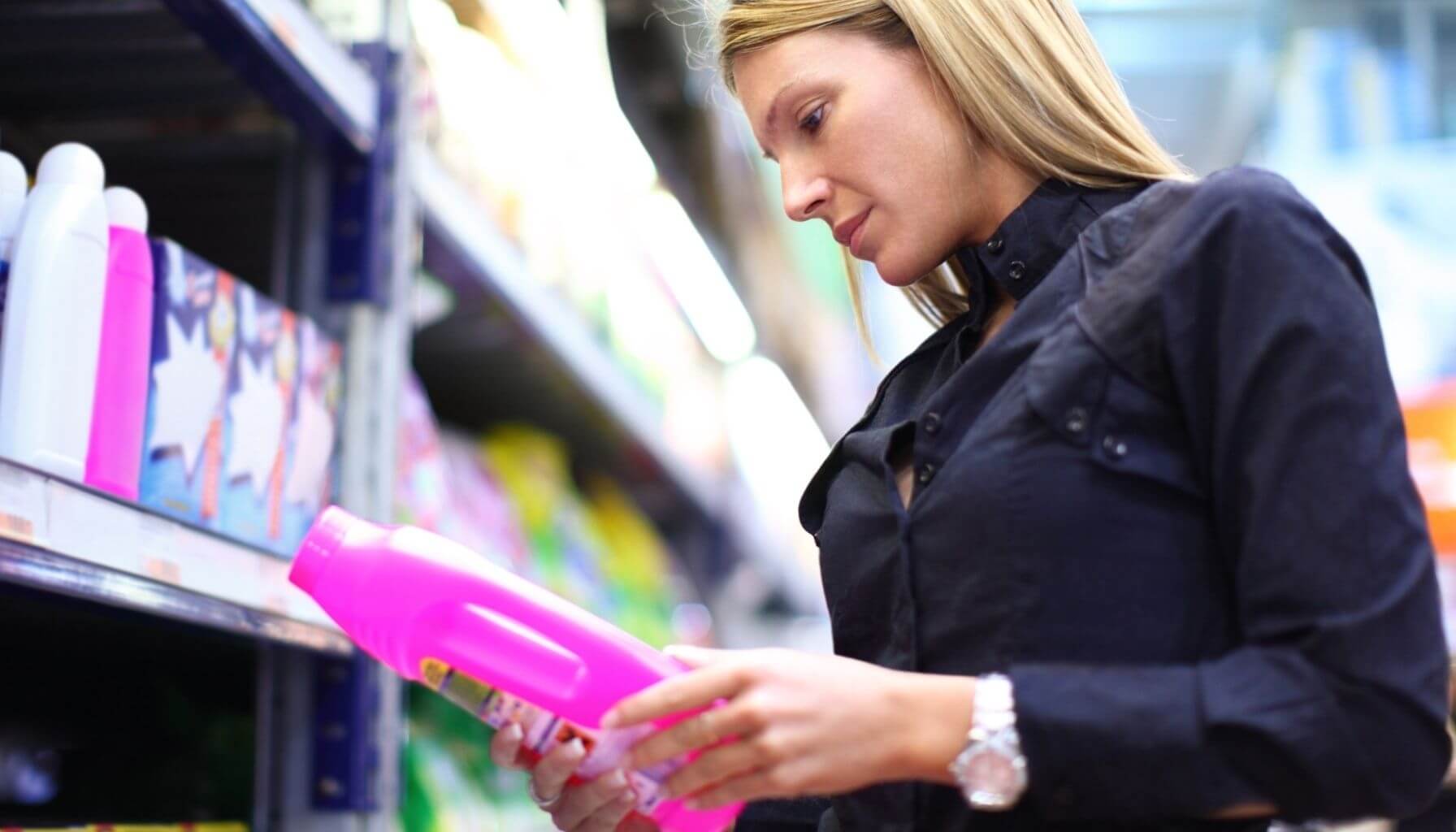
What are the alternatives? (The good news)
This isn't about fear; it's about empowerment. Making a switch is simple once you know what to look for.
- Look for transparency: Choose brands that are "fragrance-free" or scented only with pure essential oils. Look for plant-based surfactants and full ingredient disclosure.
- My personal favorite: Soap nuts & Lavender: My absolute favorite natural cleaner is from the Himalayas—soap nuts, from the Sapindus mukorossi tree. These are little dried berries that contain natural soap (saponin). You just toss 4-5 of them in a small cotton bag and throw it right into the wash. They are completely natural, reusable, and incredibly gentle on sensitive skin. Since they are unscented, I simply add a few drops of pure lavender essential oil to the fabric softener compartment for a beautiful, non-toxic scent.
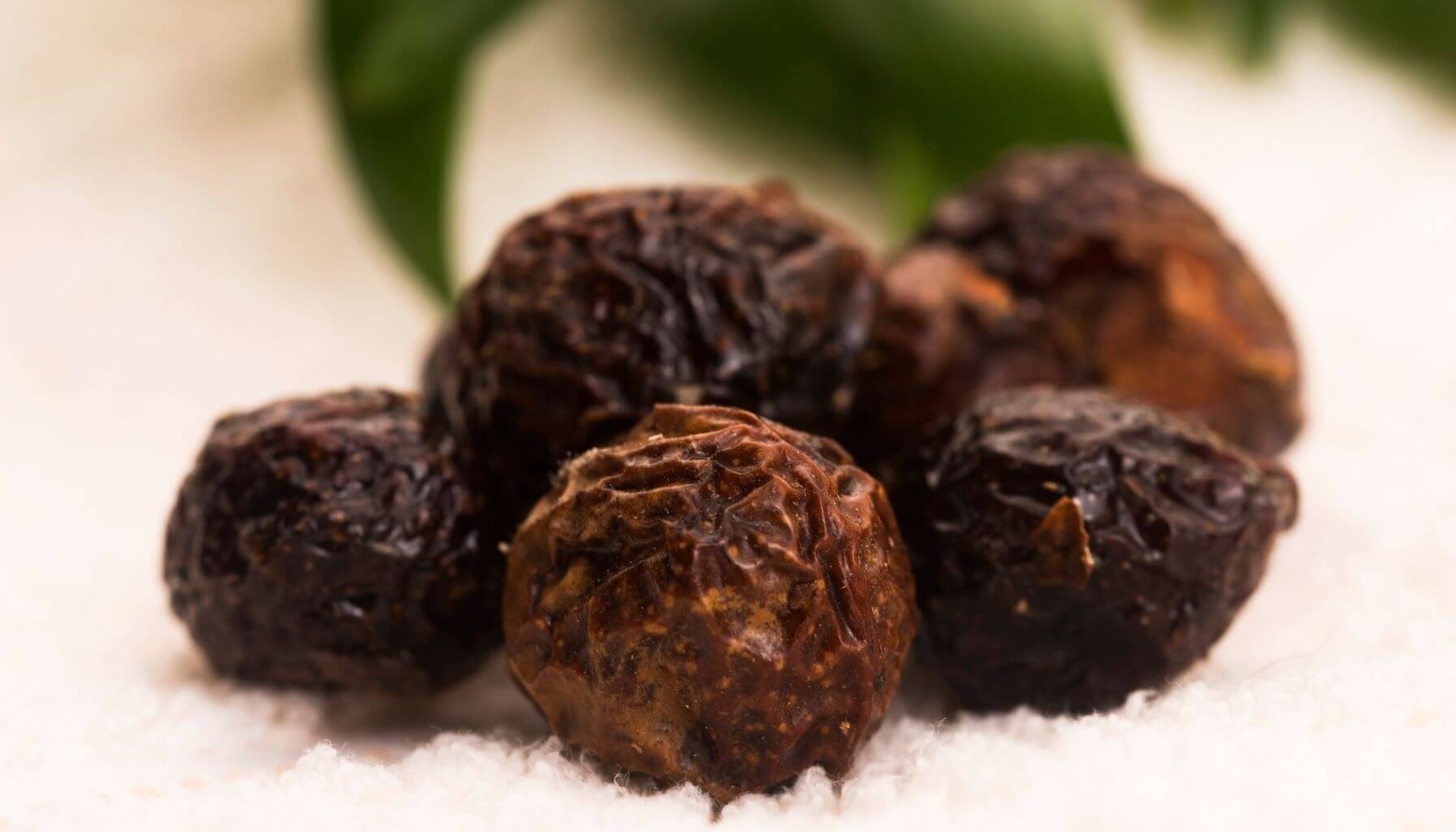
- The ultimate DIY softener: For a simple, non-toxic fabric softener and booster, add half a cup of plain white vinegar to your rinse cycle. It softens clothes and removes residues. Don't worry, your laundry won't smell like a salad!
- A simple dryer hack: If you use a dryer and miss having a scent, use wool dryer balls with a few drops of your favorite essential oil (like lavender or lemon) dropped onto them. Toss them in the dryer for a gentle, natural fragrance.
Making this one change—switching your laundry detergent—is a powerful step in taking back control of your health and your home's environment. You deserve to feel vibrant and healthy, and it starts with these small, conscious choices.
Ready to go beyond the laundry room?
If this article opened your eyes and you're thinking, "Okay, but what about the toxins in my skincare, my food, and my other cleaning supplies?"—you're asking the right questions.
The laundry bottle is just the beginning.
If you're ready for a guided plan to systematically clear out the hidden toxins in your home, my Toss the Toxins challenge is the perfect next step.
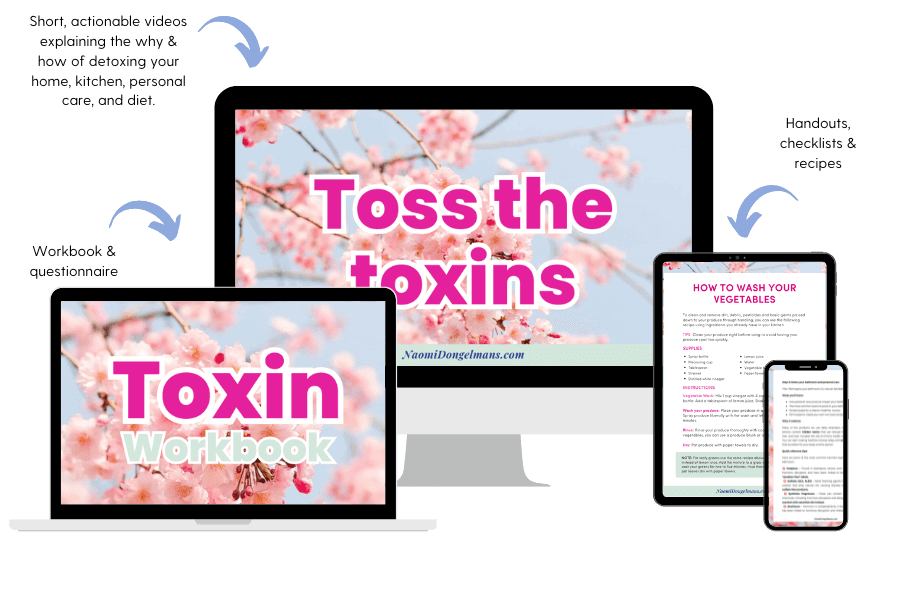 Click here to learn more about the Toss the Toxins challenge and join us!
Click here to learn more about the Toss the Toxins challenge and join us!
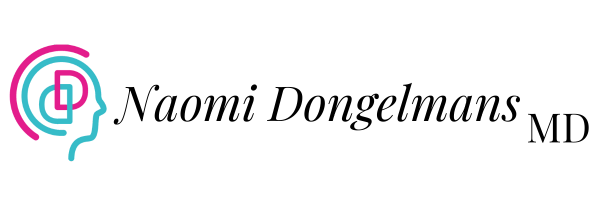

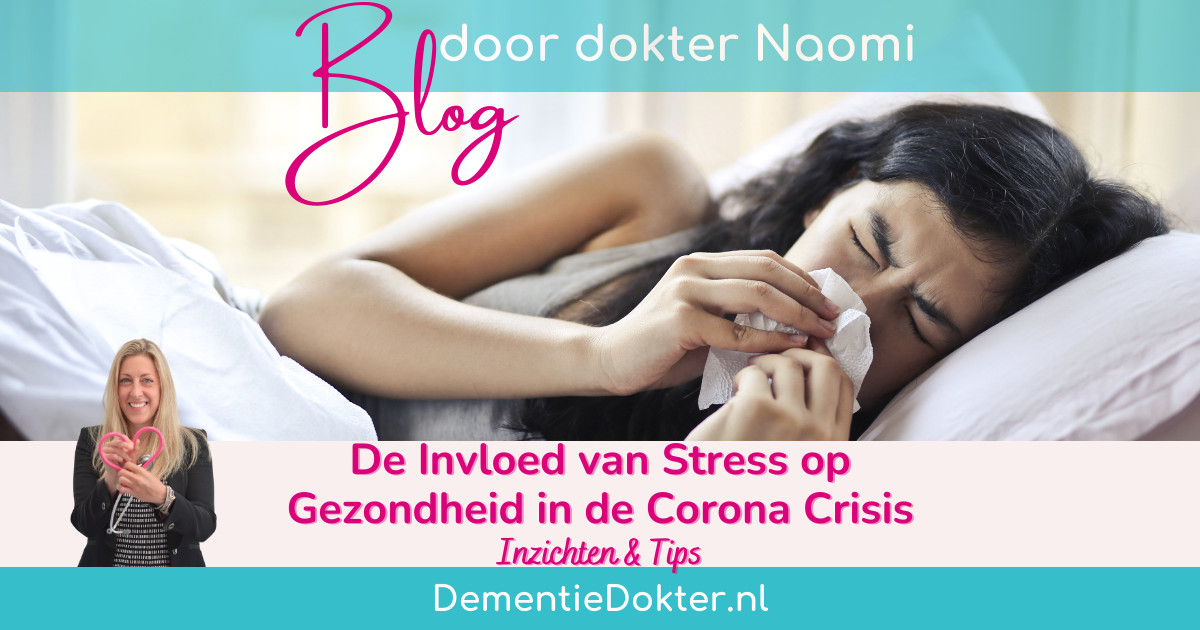
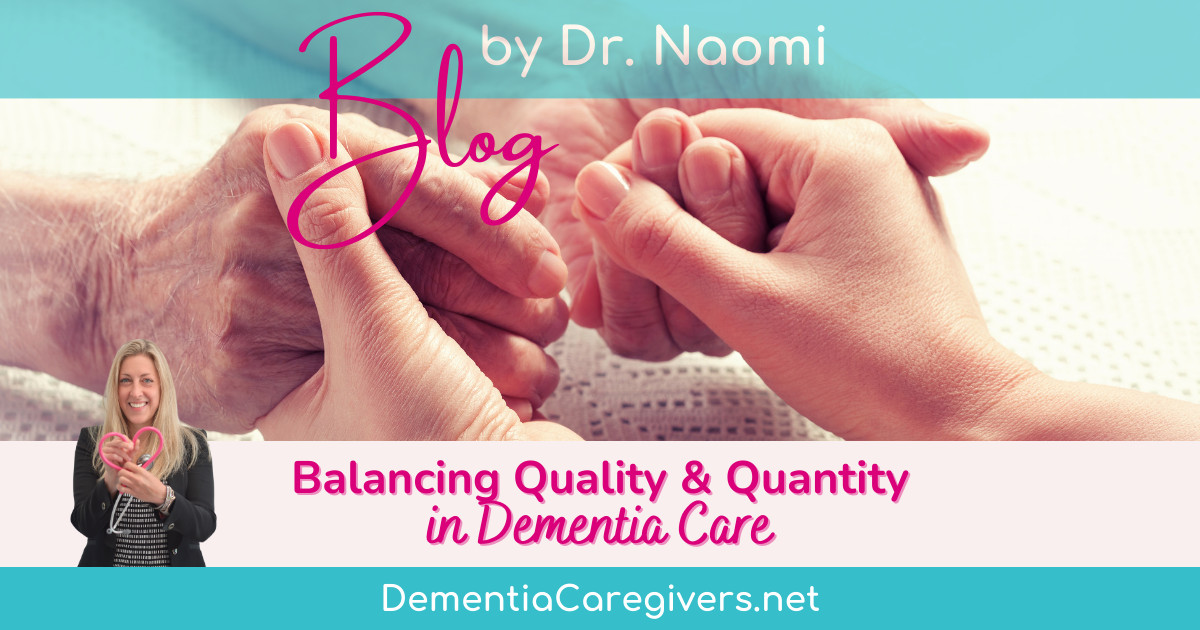
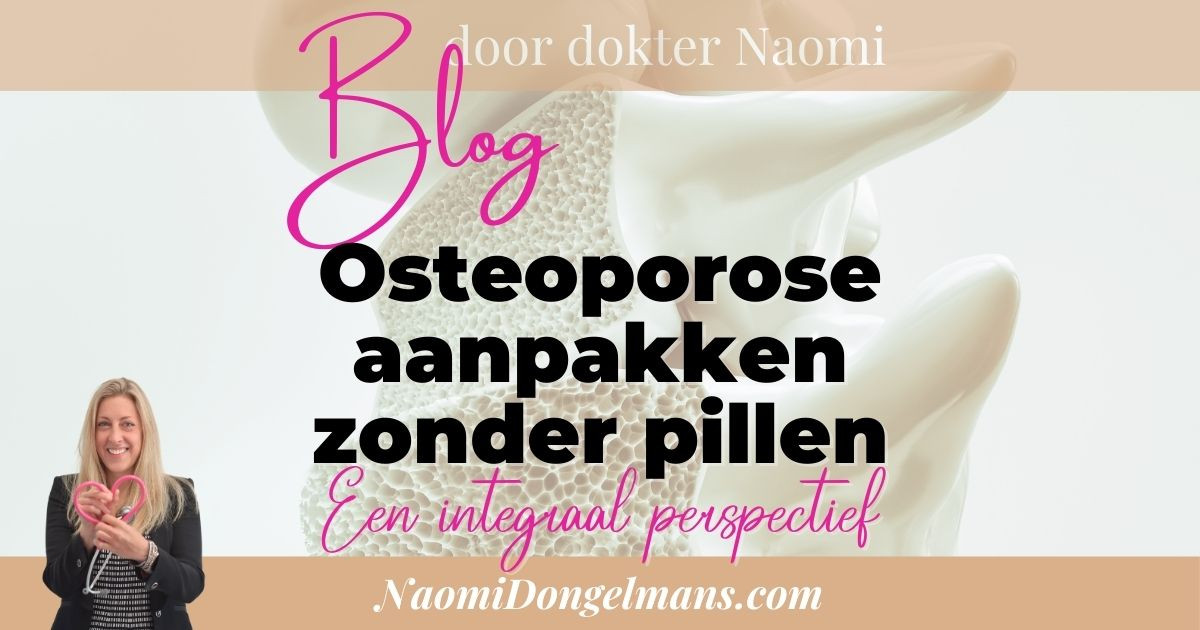


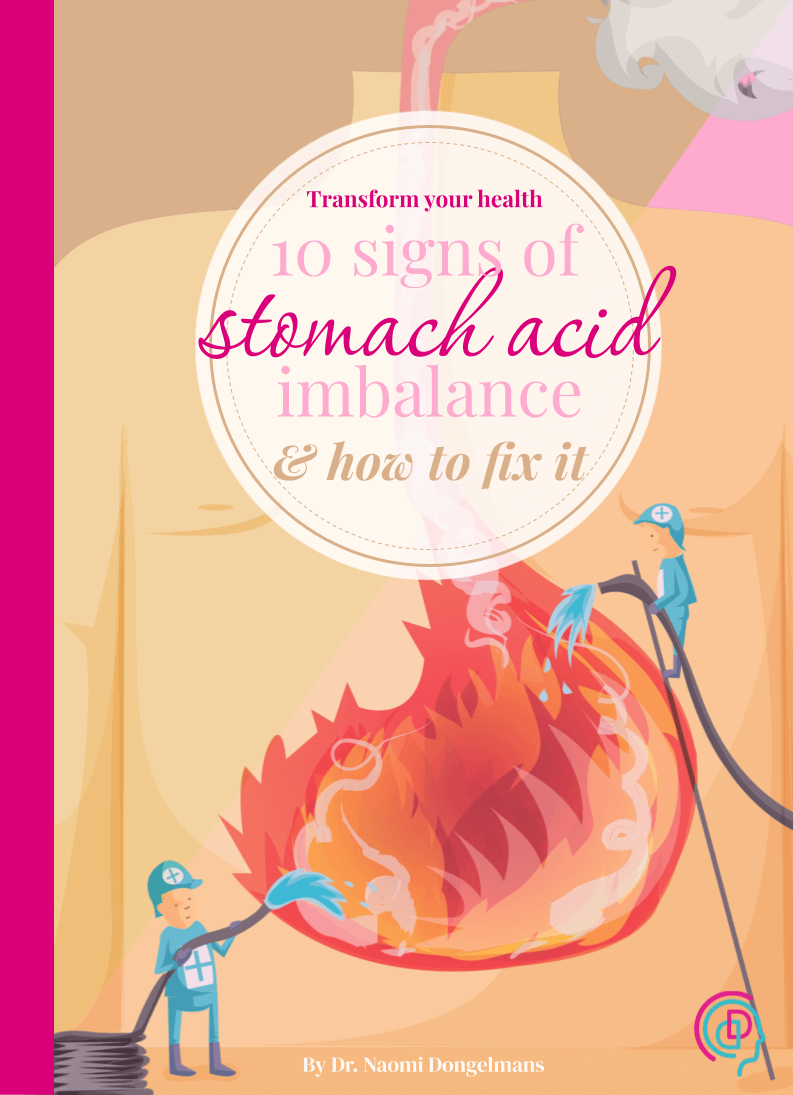
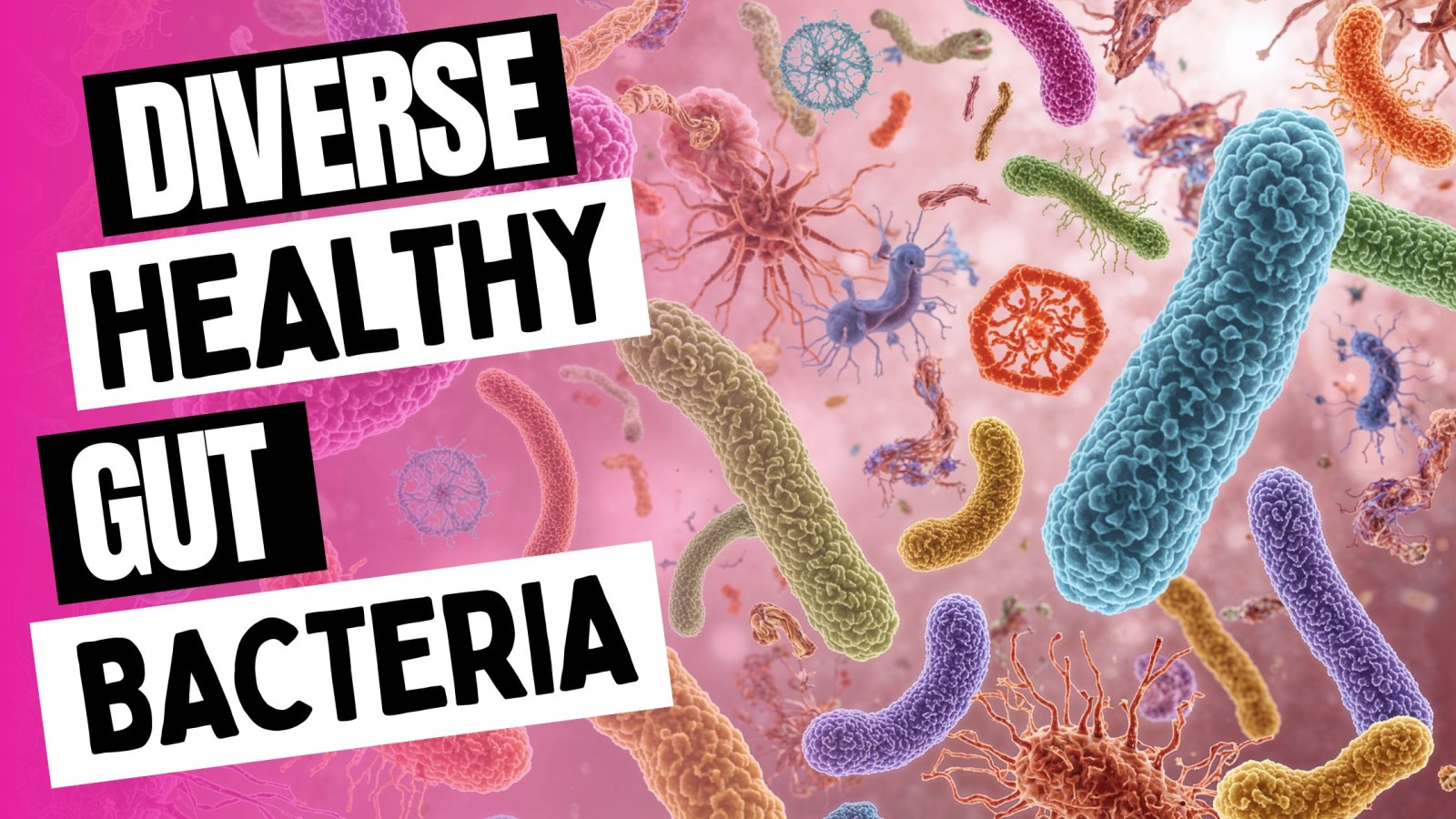
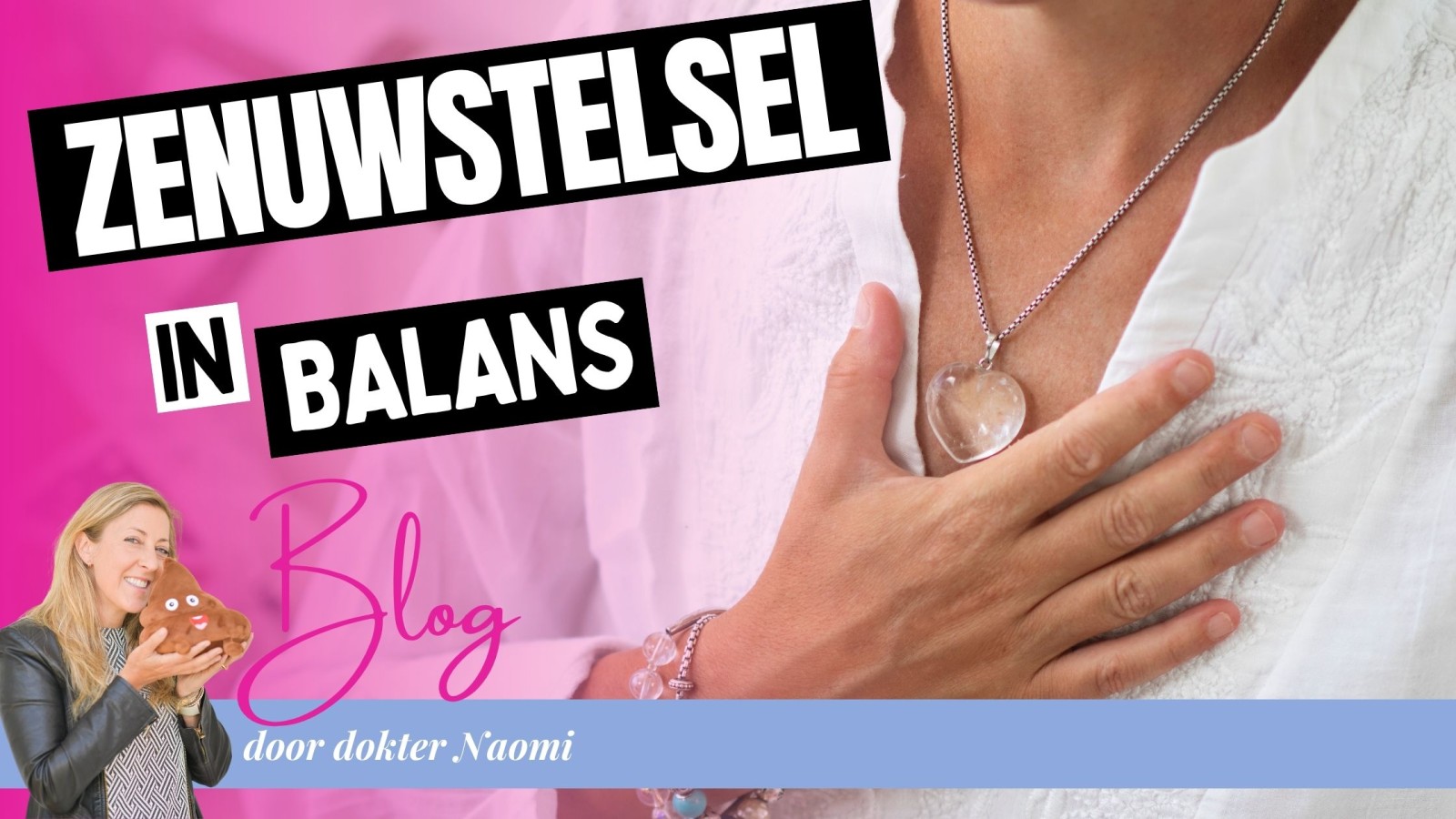
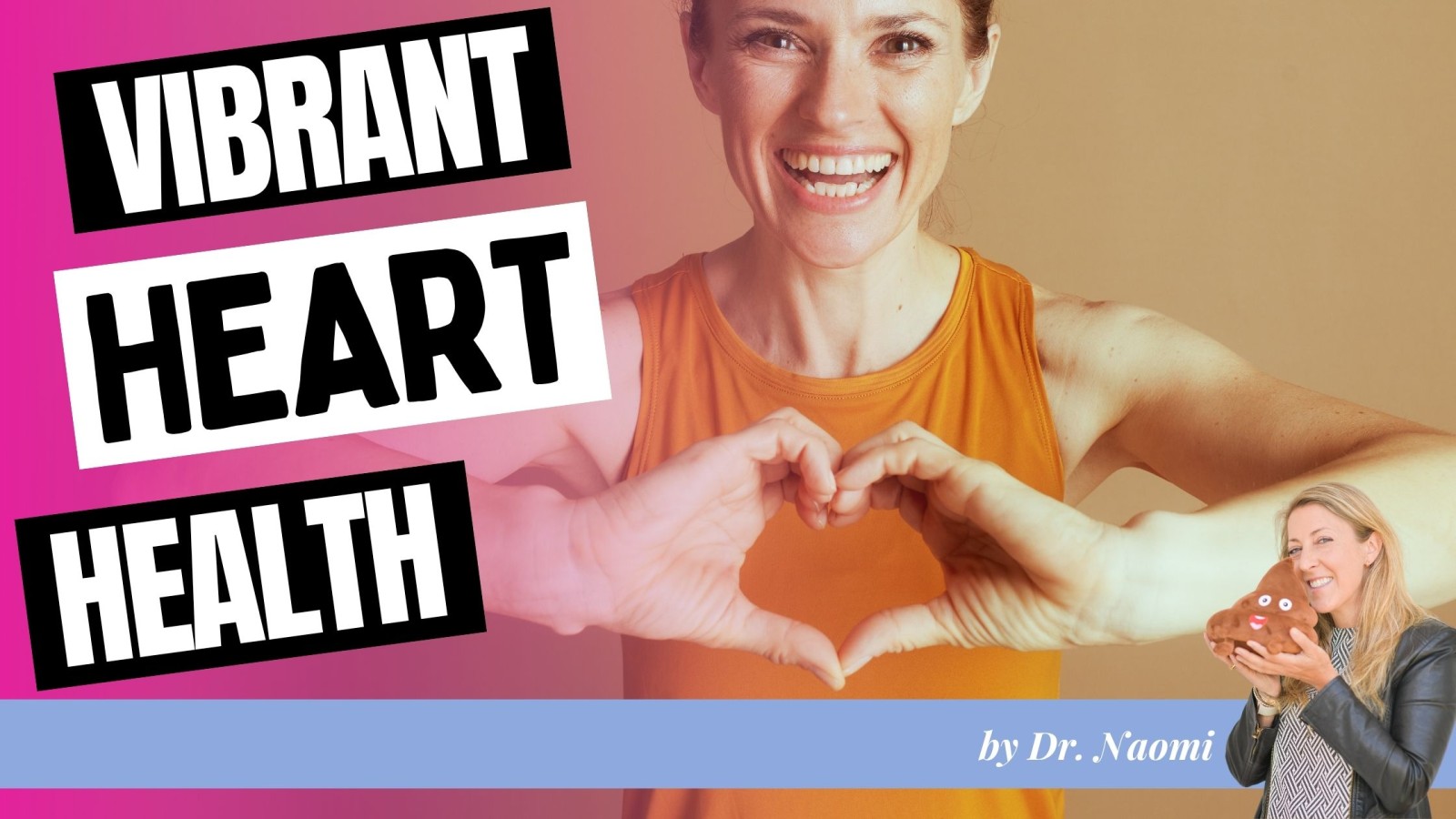
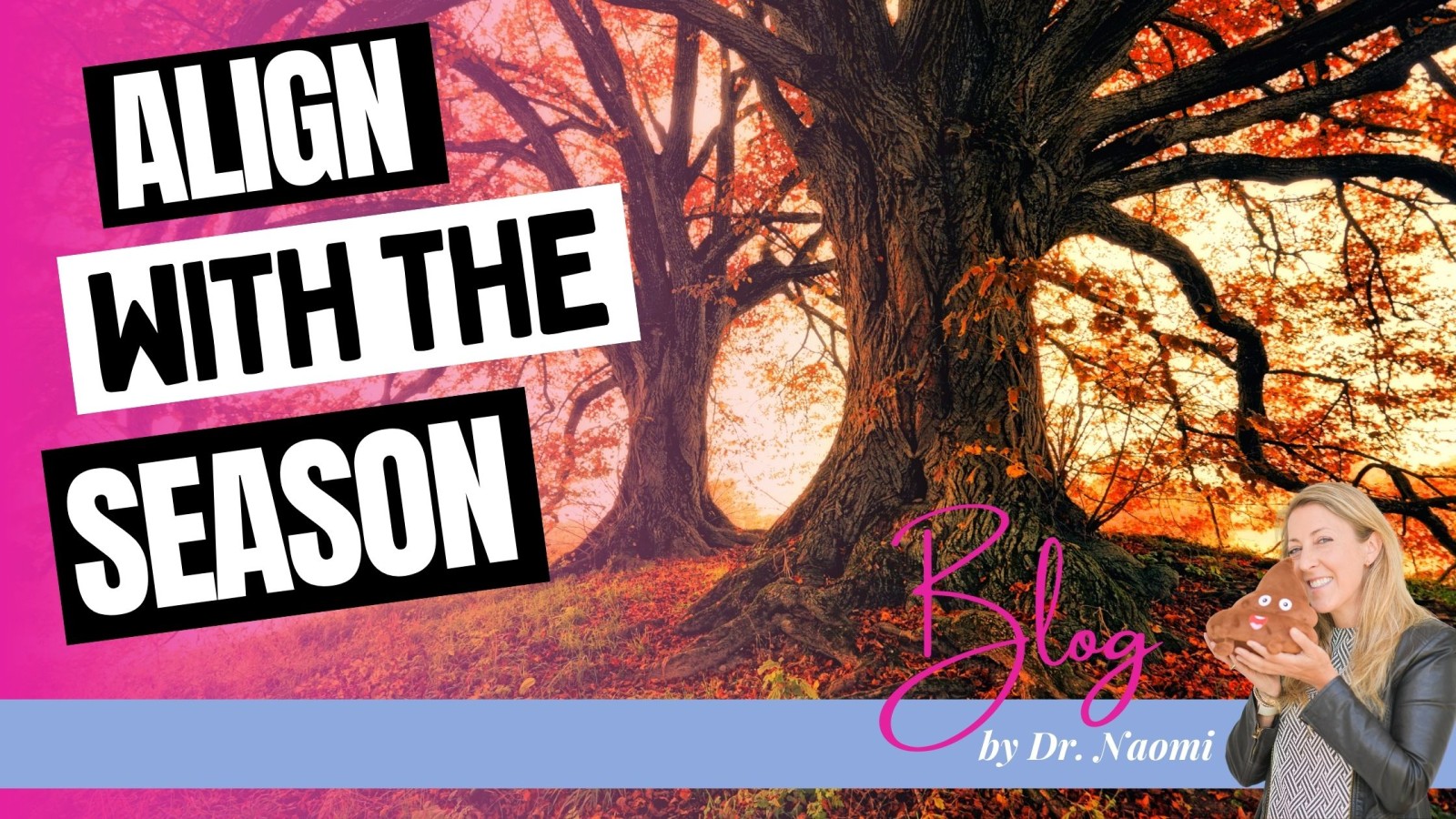

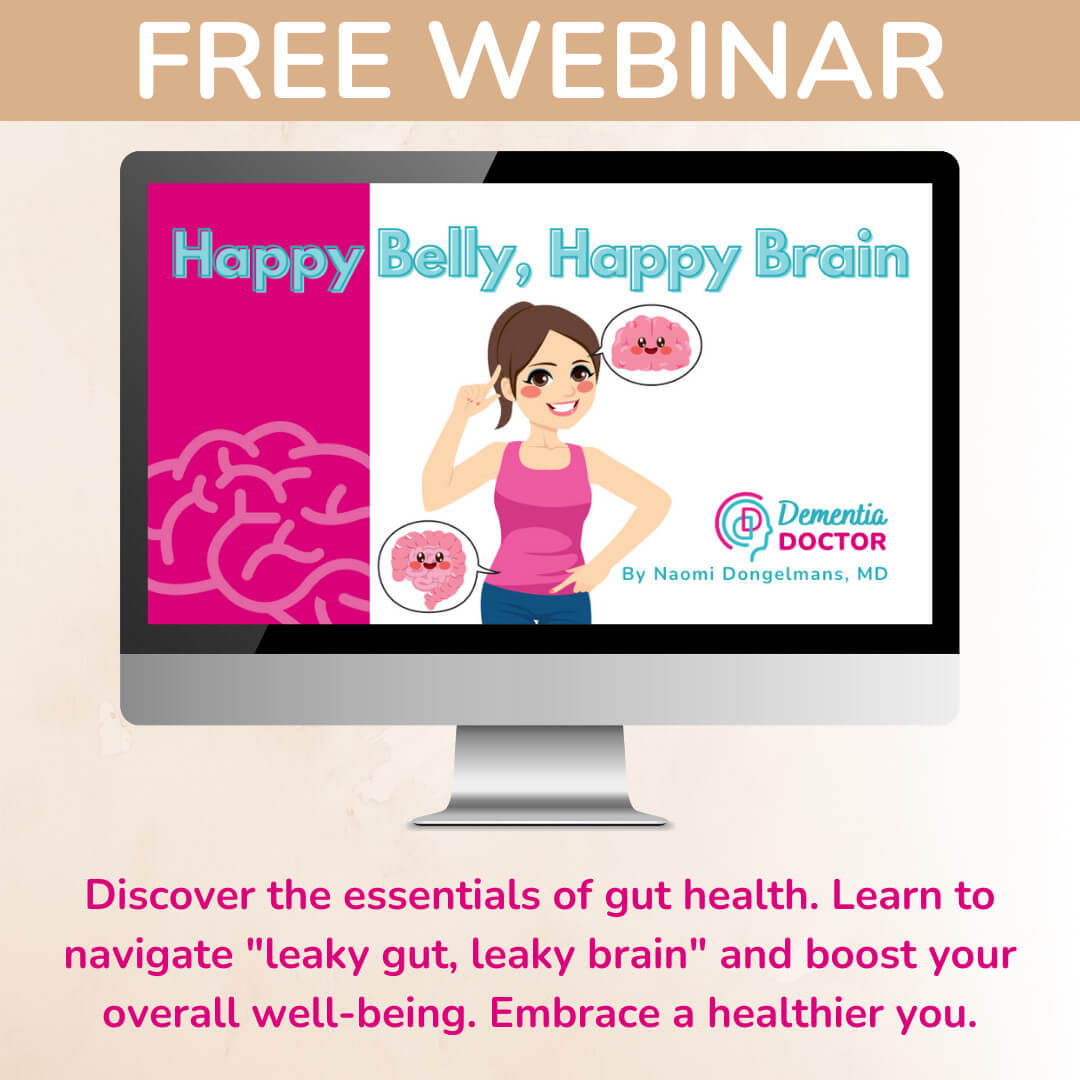
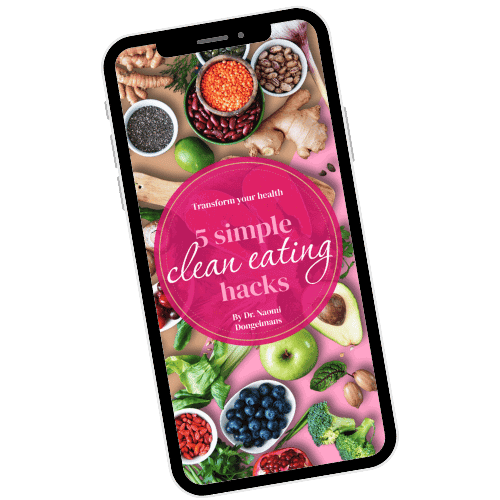






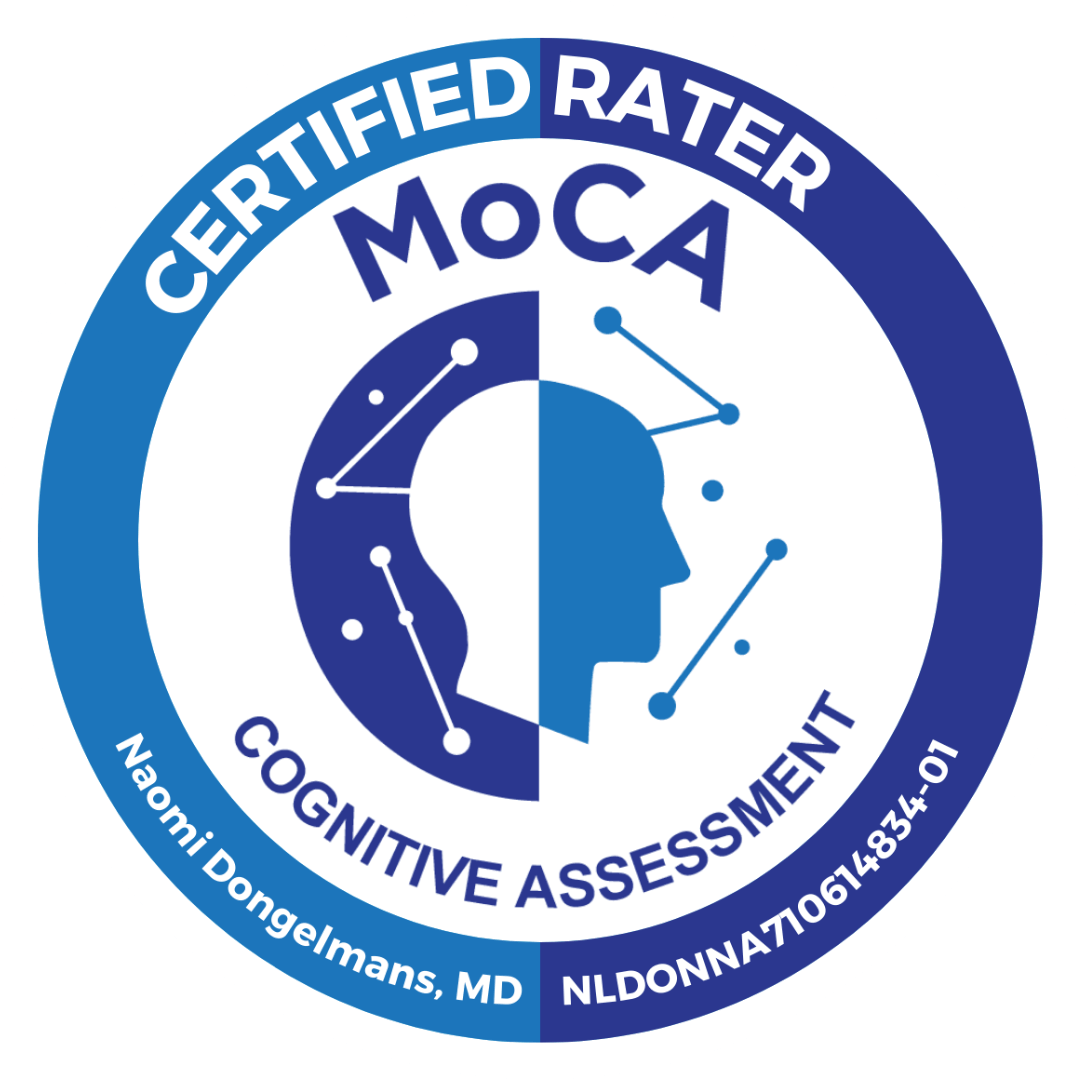





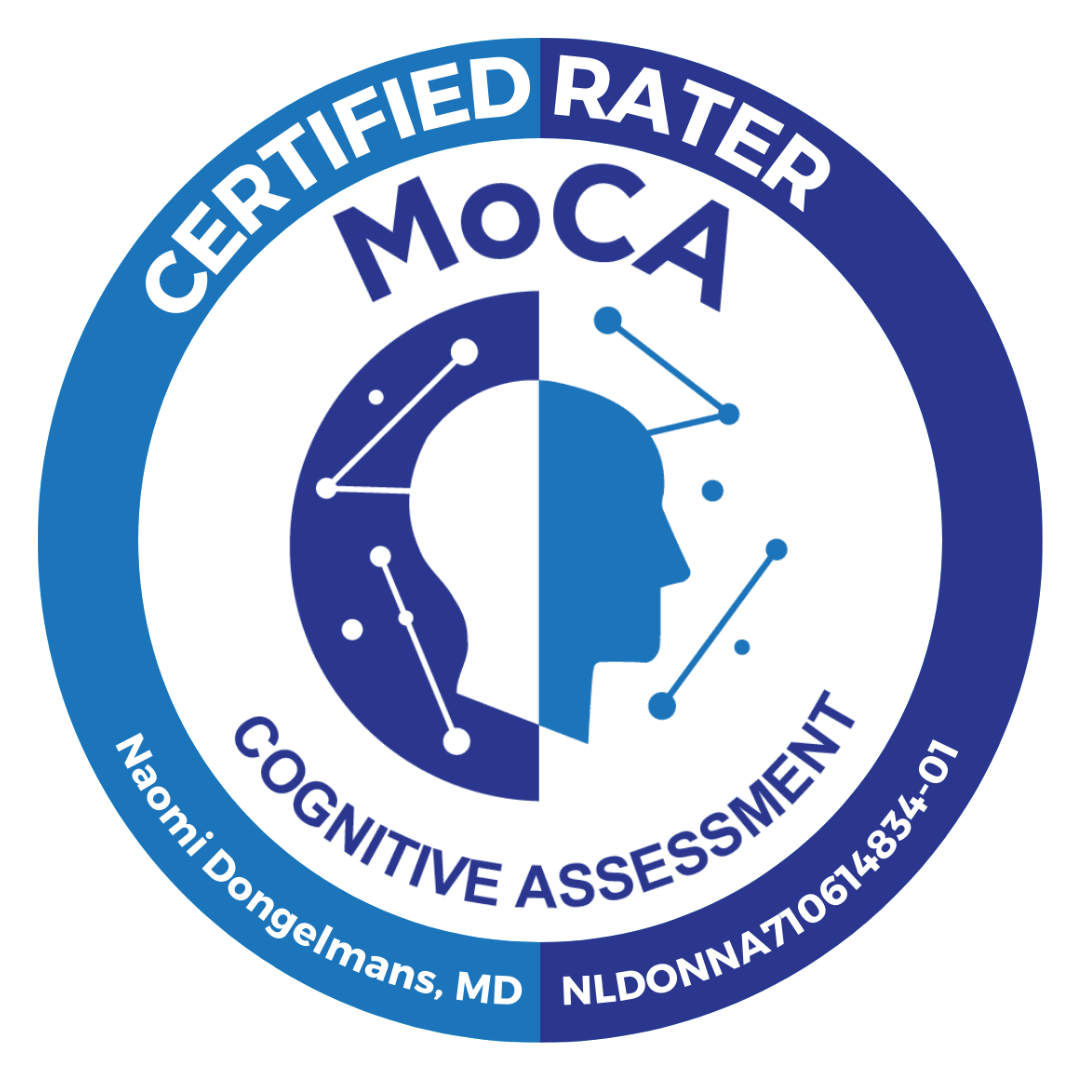

I'm curious if it works for you!
Since you mentioned it, I'd be very curious for you to take a look at the label for the MothersEarth.com. It's a perfect real-world example of what I talk about in my other blog post on 'greenwashing'. See if you can spot ingredients like synthetic "parfum" (which is very different from natural essential oils), SLS (Sodium Lauryl Sulfate), or PEGs. These are common irritants that often lurk behind a "natural" label.
If you're curious to learn more about how to spot these ingredients and become even more of a detective when reading labels, the greenwashing article dives deep into it.
You can read it here: https://naomidongelmans.com/blog/how-to-spot-greenwashing
Thank you again for your wonderful comment and for being part of this important conversation!
Warmly,
Dr. Naomi